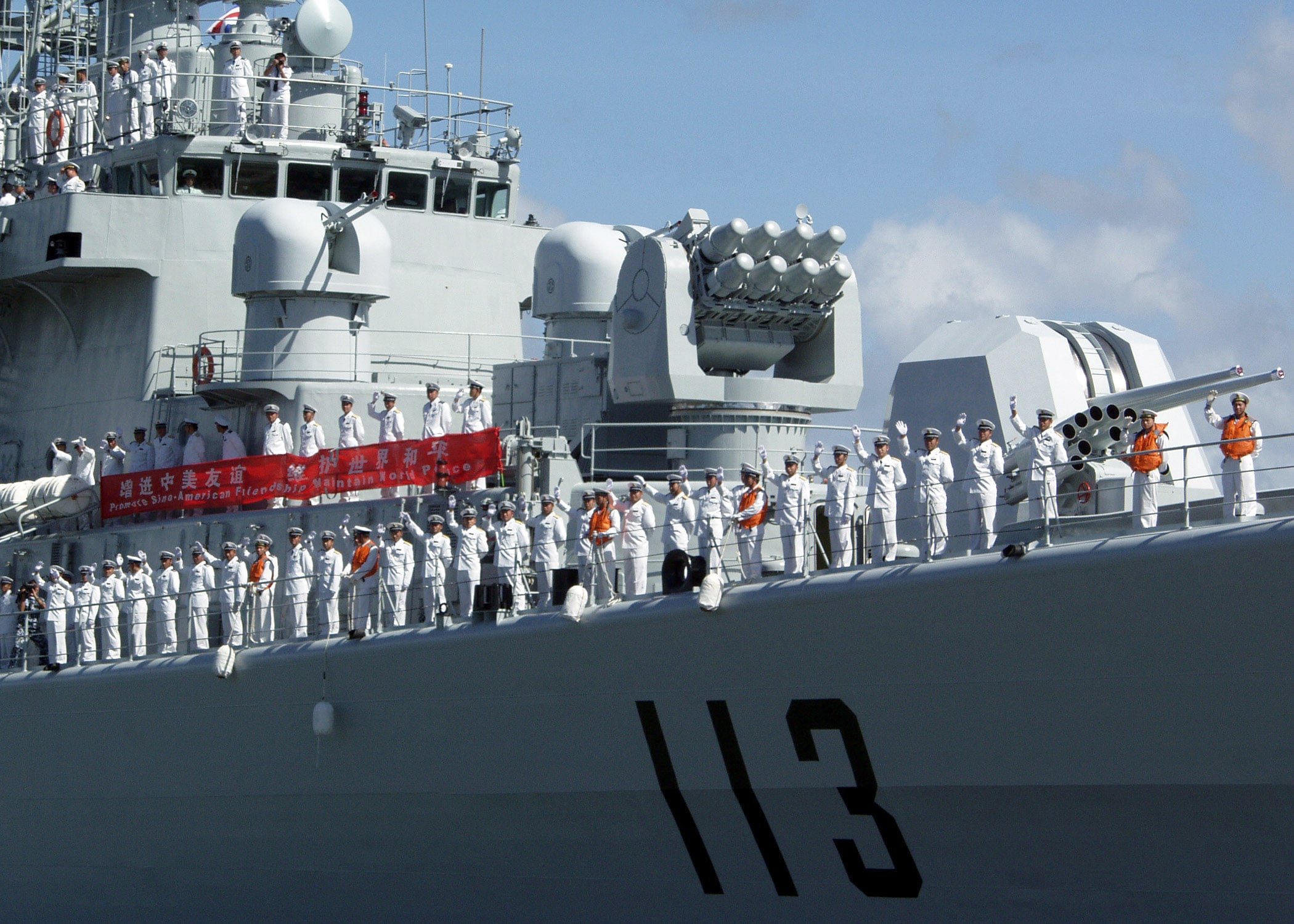
As much as Washington may hate it, the fact is Beijing and Manila are diplomatically discussing the situation in the South China Sea.
Champagne bottles are not popping yet, but Special Philippine envoy, former President Fidel Ramos, did go to Hong Kong, and on behalf of President Rodrigo Duterte, got together with Fu Ying, the chairwoman of the foreign affairs committee of the National People’s Congress. On the record, Ramos made sure that Manila is all in for formal negotiations.
The starting block concerns some fishy business – literally. Beijing and Manila may be on their way already to open the highly disputed Scarborough shoal, which falls right into what Manila describes as the West Philippine Sea, to both Chinese and Filipino fishermen, as in the joint development of fish farms.
Wu Shicun, president of the National Institute for South China Sea Studies, let it be known that Ramos’s visit to Hong Kong was just an opener. Of course his next step will have to be a trip to Beijing to talk to the high-stakes power players. Then the way will be paved for a formal Duterte state visit.
So, for the moment, everyone is behaving in a very Asian “win-win” way, with no loss of face involved. And yet, in parallel, there’s been speculation that Beijing has identified a unique widow of opportunity between the G-20 in Huangzhou, next month, and the US presidential election in early November, to come up with extra “facts on the sea” in the form of added reclamation and building of naval installations.
What Beijing wants in the long term is clear. Scarborough shoal in particular is a key piece in the larger puzzle. A Chinese airstrip is all but inevitable because it extends the reach of the PLA’s air force by over 1,000km, and positions it to be active off Luzon, no less than the gateway to the Western Pacific.
With the airstrip in Scarborough shoal and an early warning system on Macclesfield Bank – just east of the Paracel Islands – Beijing will be finally able to “see” all the action, friendly but mostly unfriendly, emanating from the sprawling US naval base at Guam.
We came, we saw, we sunk?
As I have analyzed before, the heart of the matter in the South China Sea is not sovereignty over a bunch of islands (or “rocks”, as qualified by the recent ruling at The Hague); it’s “access” for the Pentagon and the US Navy, rather “anti-access”, or A2, plus area denial, which in Pentagonese turns out as A2/AD.
The Pentagon is absolutely terrified as it contemplates China’s relentless A2/AD prowess. That includes the DF-16 missile, with a range of 1,000 km; the nuclear bomber H-6K; the HQ-12 land-to-air missile; and the DF-21D, the “aircraft carrier killer” nuclear-carrying missile with a range of 3,000 km. Think of all those gleaming billion-dollar carriers with 6,000 sailors and Marines on board as giant sitting ducks.
The – predictable – reaction of the industrial-military-surveillance-endless war complex has been, what else, to predict war. It’s all here, in this RAND Corporation report, a mix of policy recommendation, wishful thinking and barely repressed warmongering.
Well, it does not look good. The report at least admits that China’s A2AD efforts are real game-changers. Forget about “victory” in case neocon/neoliberalcon warmongering prevails; “China’s A2AD will make it increasingly difficult for the United States to gain military-operational dominance and victory, even in a long war.”
One cannot sideline the fact that should Hillary “Queen of War” Clinton be elected in November, and reign as part of The Three Harpies, their own window of opportunity to launch a war on China will extend only till the end of the decade; RAND rules the “gap in losses will shrink as Chinese A2AD improves. By 2025, US losses could range from significant to heavy.” And that’s the Mother of All Understatements.
RAND recommends Washington should “reduce the effect of Chinese A2AD by investing in more-survivable force platforms (e.g., submarines) and in counter-A2AD (e.g., theater missiles).” A bit too late in the game; the Chinese have been doing exactly that for years now.
Predictably, a naval blockade of China is in the cards: “US leaders should develop options to deny China access to war-critical commodities and technologies in the event of war.” That’s the whole rationale behind Beijing’s complex energy policy, which boils down to invest in every possible source of energy supply bypassing the Strait of Malacca.
Also predictably, one should expect, even before a war situation, all sorts of dodgy US maneuvers involving Japan: “the US Army should…encourage and enable East Asian partners to mount strong defense, improve interoperability with partners (especially Japan).”
The RAND report is just one more piece of evidence adding to what the Beijing leadership already takes for granted – even before the Clinton-announced pivoting to Asia; the Empire of Chaos, in despair, will revert to war no matter what.
The lame duck Obama administration has ruled that a Chinese naval base in the Scarborough shoal is a red line. Make no mistake this red line will be crossed. Before or after November 8. Your move, Queen of War. We came, We saw, We sunk?
Reprinted with permission from RT.

